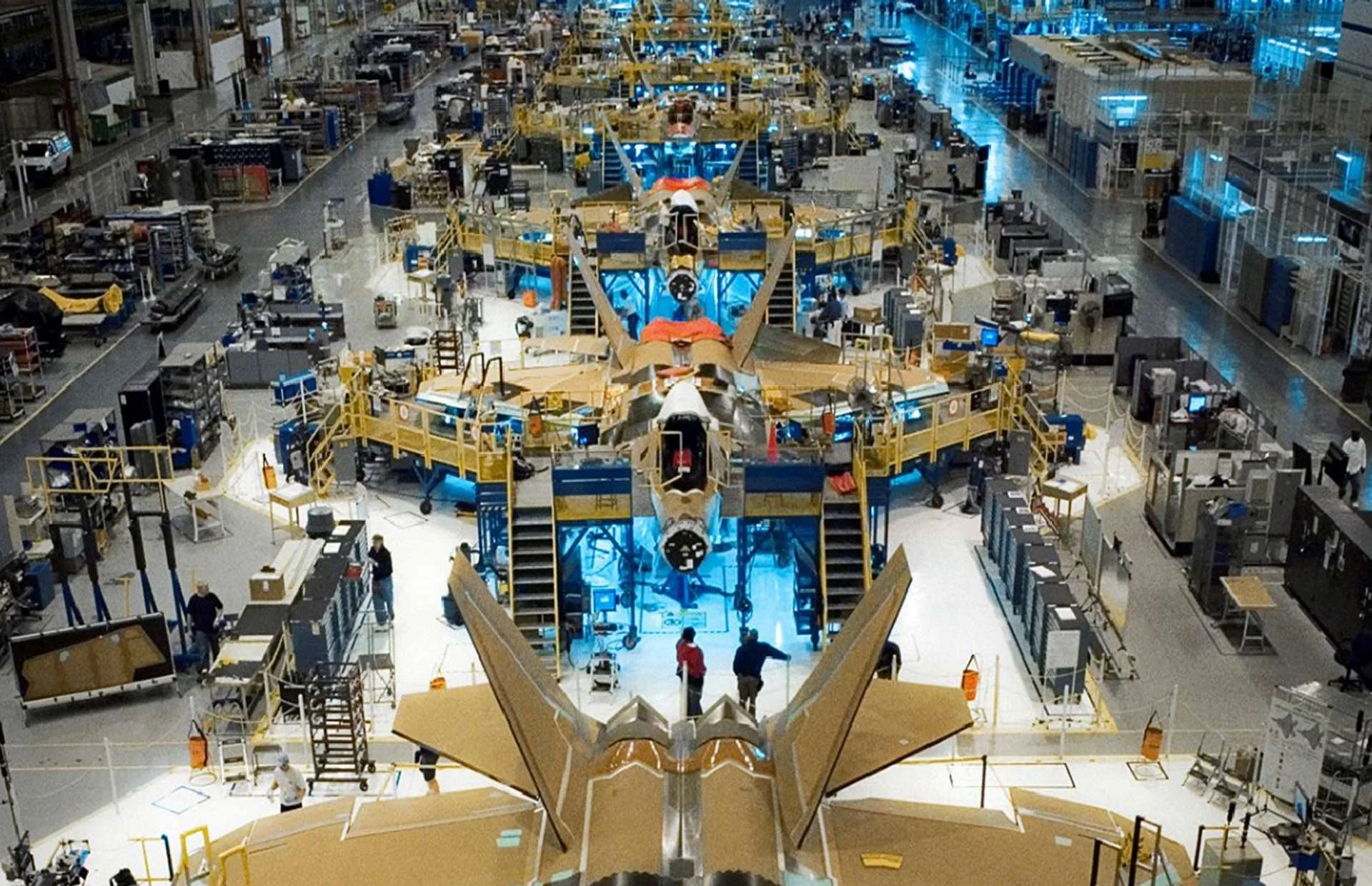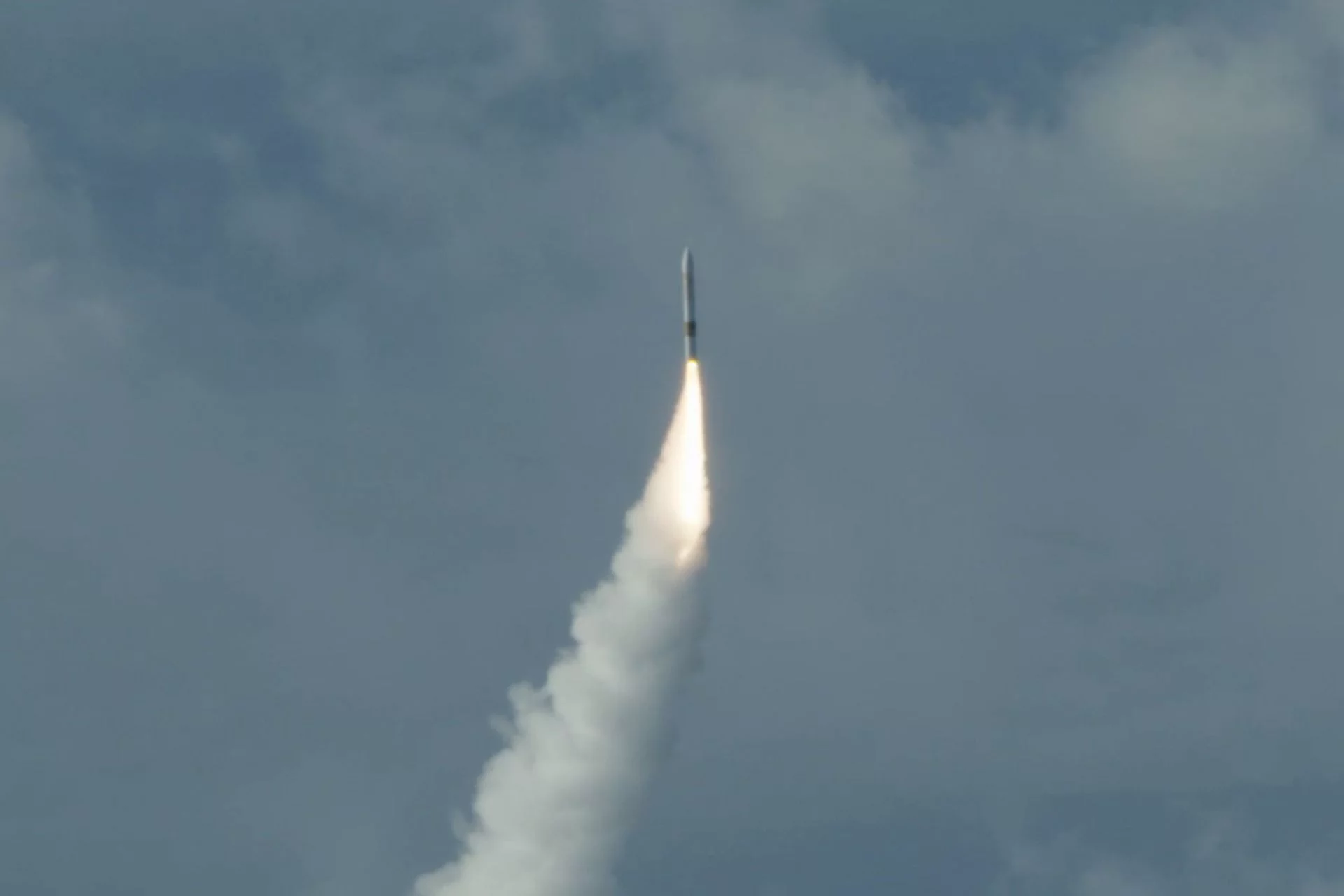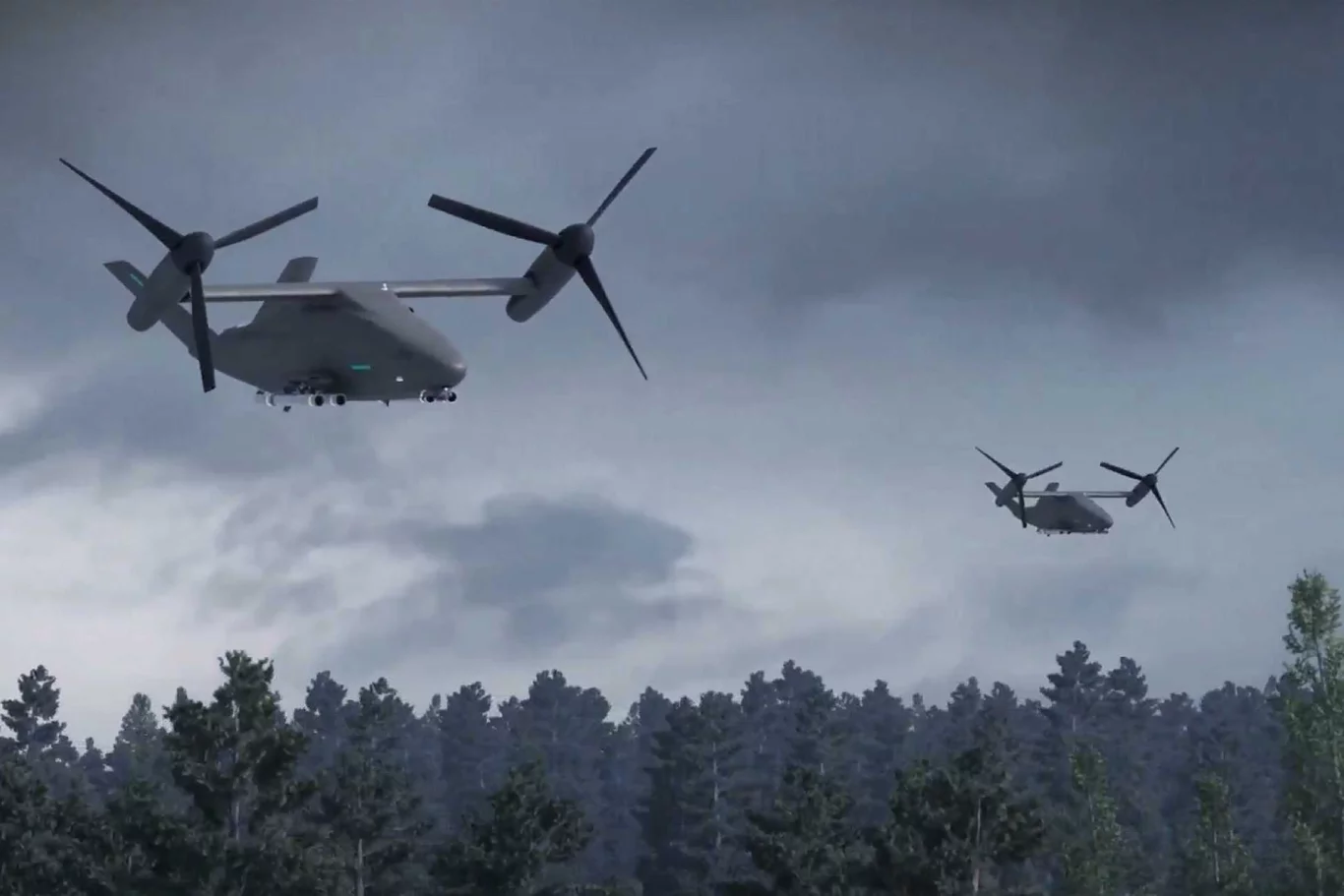Turkey’s defense industry is in the midst of a significant transformation, marked by a dual strategy to modernize its armored forces. This approach involves not only the continued upgrade of its existing, battle-proven M60T main battle tanks but also the highly anticipated transition of the indigenous Altay tank into serial production. This synergistic development reflects a pragmatic and ambitious vision for Turkish ground forces, aiming to create a robust and technologically advanced armored capability that can meet both contemporary and future threats. It’s a testament to Turkey’s growing self-reliance in defense manufacturing and its commitment to fielding a formidable land army.
The Enduring Legacy: Upgraded M60T Tanks
The M60 Patton series, a Cold War stalwart, has served numerous militaries around the globe for decades. Turkey’s M60T variant is a heavily modernized version of the M60A3, primarily upgraded by Israel’s IMI Systems (now Elbit Systems Land) under the Sabra program, later refined further by Turkish defense companies. These upgrades transformed the M60 into a tank capable of challenging more modern designs.
Key aspects of the M60T upgrade include:
- Enhanced Firepower: Replacement of the original 105mm main gun with a more potent 120mm smoothbore cannon, capable of firing advanced NATO-standard ammunition. This significantly increases its anti-armor capabilities.
- Improved Protection: Addition of modular composite and reactive armor packages, substantially increasing protection against various threats, including anti-tank guided missiles (ATGMs) and advanced kinetic energy penetrators.
- Advanced Fire Control System (FCS): Integration of modern FCS components, including thermal sights for commander and gunner, a digital ballistic computer, and hunter-killer capabilities, allowing the commander to acquire targets independently while the gunner engages another.
- Engine and Transmission Upgrades: Often includes a more powerful engine and improved transmission to maintain mobility despite the increased weight from additional armor.
- Situational Awareness: Integration of battle management systems, laser warning receivers, and sometimes even a remote-controlled weapon station for close-in defense.
The continued induction of these upgraded M60Ts underscores a strategic reality: even with a next-generation tank on the horizon, a large fleet of modernized, reliable, and cost-effective tanks remains crucial. These M60Ts provide a capable backbone for the Turkish Army, ensuring a strong armored presence while the Altay production ramps up and enters widespread service. Their combat experience, particularly in operations like “Operation Euphrates Shield” and “Operation Olive Branch,” has provided invaluable feedback for further refinements and operational doctrines.
The Future is Now: Altay Tank Enters Serial Production
The Altay main battle tank is more than just a new vehicle; it’s a symbol of Turkey’s ambition to become a fully independent defense producer. Named after Army General Fahrettin Altay, the project began in the mid-2000s with significant technical assistance from South Korea’s Hyundai Rotem (developer of the K2 Black Panther tank). However, the goal has always been to achieve maximum indigenization.
The journey to serial production has faced its share of challenges, particularly concerning the engine and transmission, as key foreign suppliers imposed export restrictions. This forced Turkey to develop domestic alternatives, delaying the project but ultimately enhancing its self-sufficiency. With the recent announcement, it appears these hurdles have been overcome, and the first batch of production tanks is now a reality.
Key features and expectations for the Altay MBT include:
- Advanced Armor Package: Incorporating composite armor, possibly with explosive reactive armor (ERA) and potentially an active protection system (APS) like AKKOR, developed by Aselsan, to counter incoming threats.
- Powerful Main Gun: Equipped with a 120mm 55-caliber smoothbore cannon, capable of firing a wide range of advanced ammunition.
- State-of-the-Art Fire Control System: Featuring highly advanced optics, thermal imagers, and a sophisticated digital FCS for superior accuracy, day and night.
- Superior Mobility: Powered by a high-output engine (likely a locally developed or licensed solution, or a new foreign source) and advanced transmission, designed for excellent cross-country performance.
- Digital Architecture: A fully digital battle management system, networked communications, and advanced situational awareness systems, providing commanders with a comprehensive view of the battlefield.
- Crew Comfort and Survivability: Designed with ergonomic considerations for the crew and enhanced protection against NBC (Nuclear, Biological, Chemical) threats.
The Altay’s entry into serial production is a monumental achievement for the Turkish defense industry. It signifies the ability to design, develop, and manufacture a cutting-edge main battle tank, placing Turkey among a select group of nations.
Strategic Implications and the “High-Low Mix”
Turkey’s simultaneous focus on upgrading M60Ts and producing Altay tanks represents a classic “high-low mix” strategy.
- “High” End (Altay): Provides the most advanced capabilities, serving as the spearhead for offensive operations, capable of taking on the most modern threats. These tanks will embody the latest in armor, firepower, and digital integration.
- “Low” End (Upgraded M60T): Offers a cost-effective and still highly capable solution for general combat, security operations, and maintaining numerical strength. These tanks, while not as advanced as the Altay, are robust, reliable, and can be maintained more affordably.
This strategy allows Turkey to maximize its defense budget, maintain a large and diverse armored fleet, and adapt to various operational requirements. It ensures that the Turkish Army has both cutting-edge technology and a sufficient quantity of reliable vehicles to conduct its missions. Furthermore, the experience gained from the Altay project will undoubtedly spill over into other areas of Turkish defense manufacturing, fostering innovation and technological independence across the board. The export potential of both the Altay and the M60T upgrade packages also presents significant economic and geopolitical advantages for Turkey.
Challenges and the Path Forward:
While this dual approach is strategic, challenges remain. The full-scale production of the Altay will require robust supply chains, continued investment in manufacturing infrastructure, and ongoing research and development to keep the tank competitive. Integrating these diverse platforms (M60T and Altay) into a cohesive operational doctrine and ensuring seamless interoperability will also be crucial. However, with its proven track record in defense industrialization, Turkey seems well-positioned to navigate these complexities and further solidify its status as a significant global defense power.




